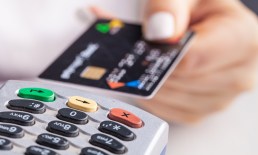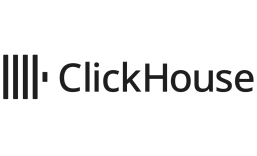In a pushback to the adage that things rarely go as planned, the federal government’s third round of stimulus checks, which were issued last month to boost spending and the economy, worked exactly as lawmakers had hoped, lifting March retail sales by a much better-than-expected 9.8 percent, per the latest Census report.
Although the disbursement of $1,400 checks to an estimated 150 million Americans only took place in the second half of the month, the cumulative impact of the cash injection was wide-ranging, and marked the biggest jump since the 18 percent spike posted 10 months ago.
Although all 14 subcategories posted advances in the prior 30 days, the notably strong beneficiaries included sporting goods, hobbies, music and books (rising 23.5 percent); clothing sales (rising more than 18 percent); and motor vehicles and auto parts (increasing by 15 percent).
When the recent rise in gasoline prices and car sales are backed out of the tally, retail sales on their own rose by 9.4 percent. “The recovery appears to be unfolding rapidly, although remember that 85 percent of Americans got a stimulus check,” noted economist and former Obama administration advisor Steve Rattner, adding that the results had “crushed expectations.”
On the flip side, several key lagging businesses delivered below-trend gains last month, including non-store retail (or eCommerce sales), which rose 6 percent; furniture and home furnishings, which were up 5.9 percent; health and personal care, which gained 5.7 percent, and food and beverage stores with just a 0.5 percent increase.
Stimulus and Other Factors
Advertisement: Scroll to Continue
In addition to stimulus checks, the March results were also bolstered by traditional seasonality factors, such as warmer weather and pre-buying for an early Easter, as well as the continued loosening of lockdown restrictions that have limited store hours and customer capacity. In addition, the ongoing COVID vaccination campaign saw an additional 50 million shots administered through the month of March to reach the 100 million mark by April 1.
At the same time, the March advance reversed an unexpected 3 percent drop in the broadest measure of consumer activity in February, which followed another large stimulus-fueled jump in January after the second round of $600 direct payments went out to consumers.
All told, the Census Bureau said that almost $620 billion was spent on consumer purchases last month, which reflected the nearly 10 percent month-on-month advance, as well as a 27 percent annualized gain from a year ago when the first COVID lockdowns were being implemented.
Spillover Into April
Although the $375 billion stimulus program overseen by the U.S. Treasury Department got underway in March, economists expect that a good portion of the money will actually get spent — and will be reflected in — April, which should bode well for continued strength in the retail sector.
Economists say that while a fourth round of direct consumer payments appears unlikely, the government’s intervention is starting to shift toward infrastructural stimulus instead, a job-creating package of big-budget projects estimated to carry its own $2 trillion price tag.
According to Richard Moody, chief economist at Regions Financial, the labor market still has about 8.4 million fewer workers in it. “The story is that there’s a lot of financial support in the household sector, even though the level of employment is still so far below where it was prior to the pandemic,” Moody told The Wall Street Journal.
“This year, we expect the combination of an improved health situation and generous fiscal stimulus to fuel a consumer boom for the history books,” Lydia Boussour, lead U.S. economist at Oxford Economics, told Reuters after the prior report.



